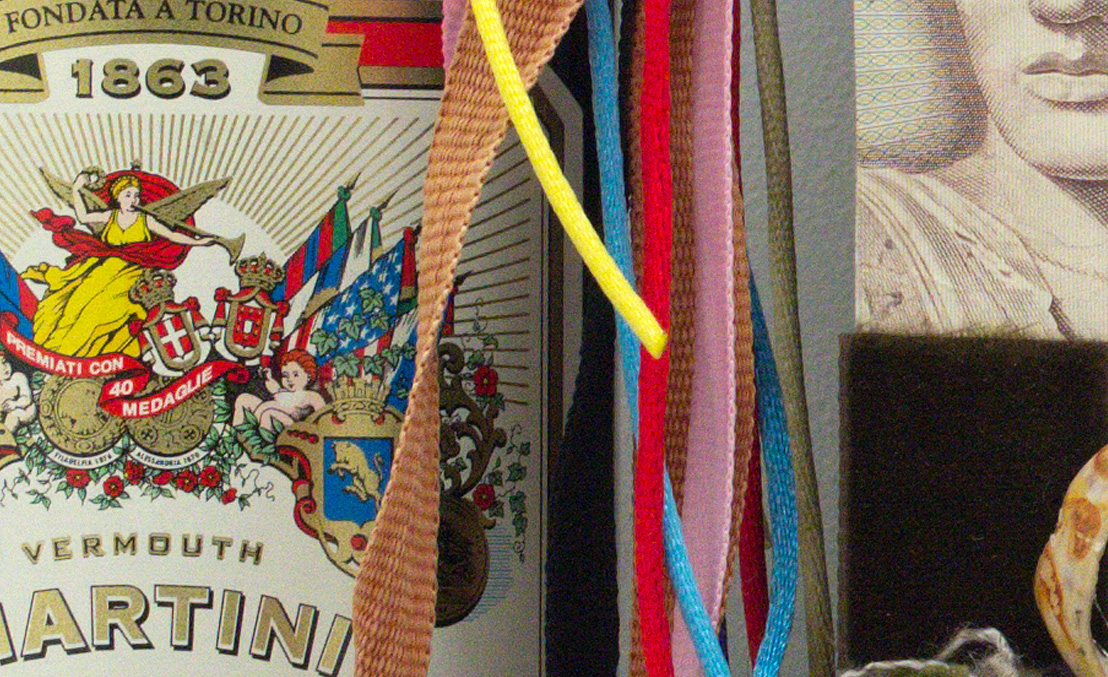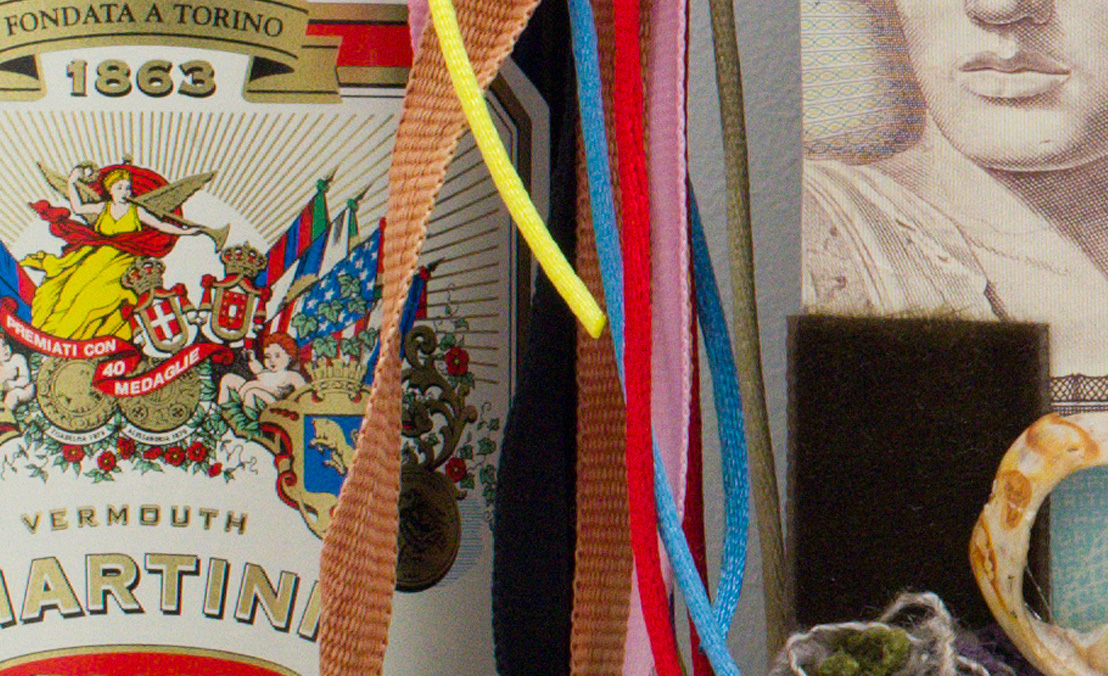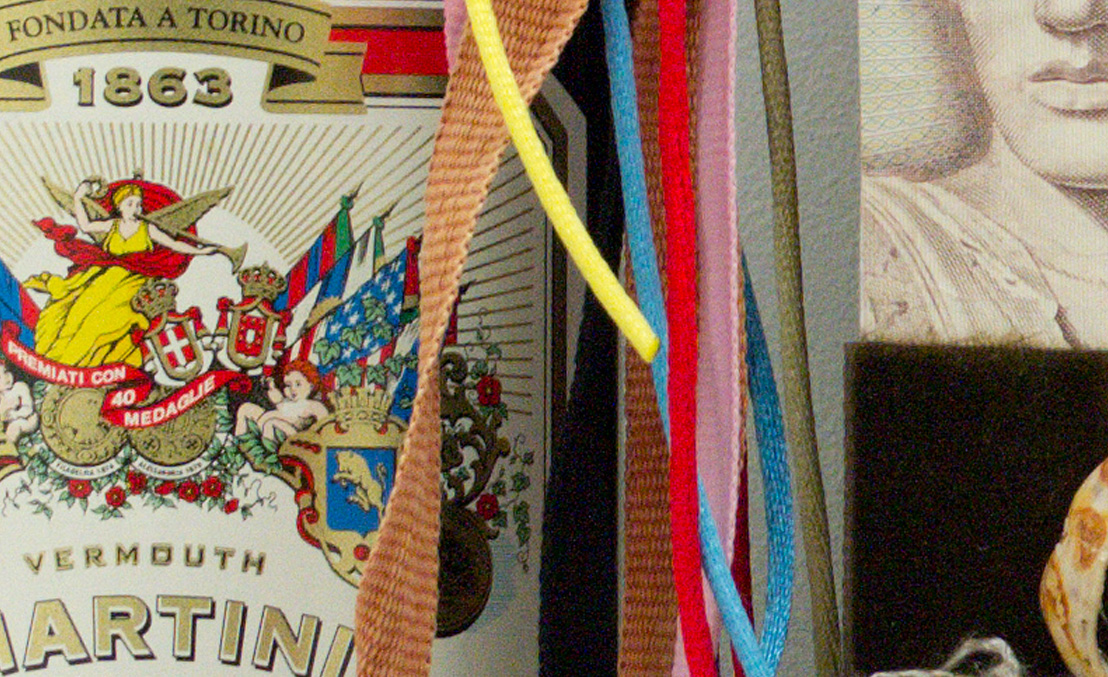Jorgen Udvang
Subscriber Member
I shouldn't do this stuff, but now at least I don't have to worry about upgrading to more megapixels anytime soon. I saw the SLT77 samples were up at dpr, so I thought I'd check how much more resolution I'd get if I bought that one instead of the GH2 that's on the urgent part of my shopping list at the moment. For comparison's sake (and because dpr's "comparometer" allows for four cameras), I included two other cameras that I've been considering.
To follow the trend for higher ISO at any cost, I checked the ISO 800 files. The below crops are all 100% of images shot in RAW and enlarged by me (Bicubic in PS CS4) to 24MP. No sharpening or other adjustments except that I increased exposure of the GH2 sample by 1/3 of a stop to get it in line with the others. I downloaded the jpegs from dpr, not the RAWs. The GH2 and E-5 files appear a little larger due to the different aspect ratio.
SLT77:

GH2:

D7000:

E-5:

Nah... might as well include a high-end camera as well, they measly 12MP D3s:

To follow the trend for higher ISO at any cost, I checked the ISO 800 files. The below crops are all 100% of images shot in RAW and enlarged by me (Bicubic in PS CS4) to 24MP. No sharpening or other adjustments except that I increased exposure of the GH2 sample by 1/3 of a stop to get it in line with the others. I downloaded the jpegs from dpr, not the RAWs. The GH2 and E-5 files appear a little larger due to the different aspect ratio.
SLT77:

GH2:

D7000:

E-5:

Nah... might as well include a high-end camera as well, they measly 12MP D3s:






